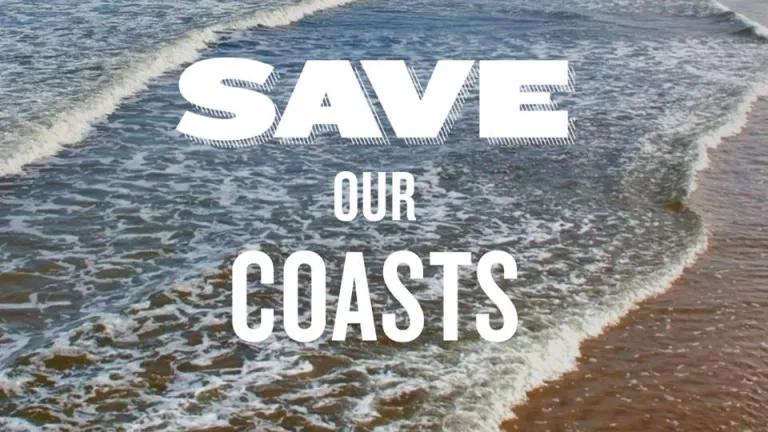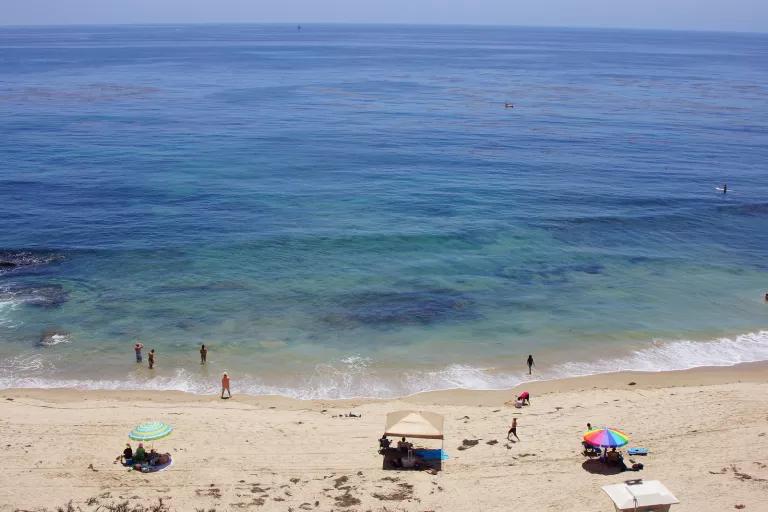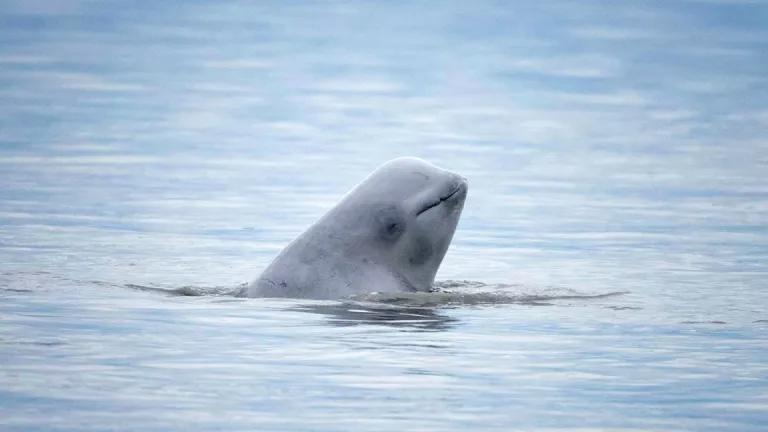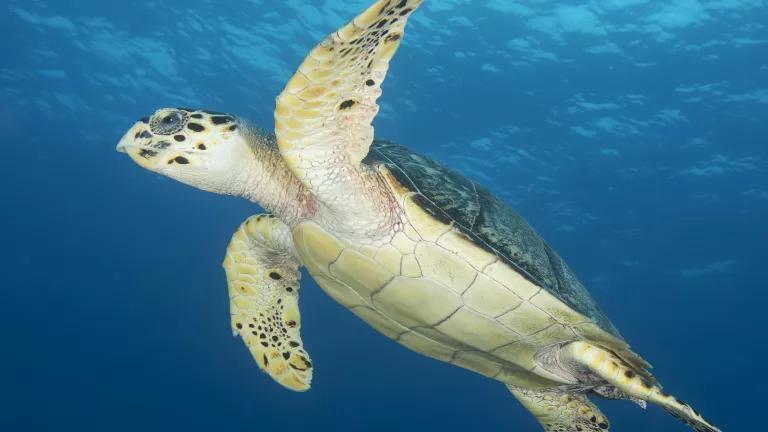50 Years After the Santa Barbara Oil Spill: A Renewed Threat

A thick, black blanket consisting of 3 million gallons of crude oil suffocated Santa Barbara’s coast—50 years ago. The catastrophic oil spill was the worst the United States had ever experienced. Thousands of marine animals were killed, including sea birds drenched in oil, washed up dolphins and seals, and fish that struggled to survive in murky, polluted waters. Approximately 35 miles of the California coast were recklessly destroyed and a thick tar smell lingered in the air. Images of oil-covered animals and beaches spread across the country capturing what investment in dirty energy truly entailed. Outraged by the devastation across their coasts, communities in Southern California mobilized and together sparked an environmental movement that not only protected their coasts for years to come, but also influenced the national environmental movement.
“This community [Santa Barbara] has really been abused by decision makers and we’re not going to take it. No community should have to put up with this.”
—Environmental attorney Marc McGinnes
In a recent conversation with Marc McGinnes, Professor Emeritus and a founding member of UC Santa Barbara’s Environmental Studies Program, McGinnes shared what it has been like to personally live through the oil spill and its aftermath. As an elder and long-time environmental attorney, he perceives the Santa Barbara spill as the birth of a movement that truly challenged the way “government governs when it comes to the treatment of natural resources.” The Santa Barbara movement ignited decades of bipartisan action and legislation responsible for many of today’s environmental protections and regulations. In particular, it shaped the downward trajectory of offshore oil and gas exploration in California for decades to come.
“This community [Santa Barbara] has been a leader to the world.”
—Environmental attorney Marc McGinnes
The 1969 Santa Barbara oil spill is a clear example of why the majority of the United States and 69 percent of Californians oppose offshore drilling. Nonetheless, in January 2018 the Trump administration ignored broad bipartisan opposition and recently proposed the most extreme Five Year Offshore Oil and Gas Leasing Program in U.S. history. The proposed plan opens nearly every U.S. coastline to the threat of offshore drilling, including areas in the Pacific that have been off limits for decades. This is an obvious sell out of public lands to oil companies and corporate polluters that threatens coastal communities, ocean health, native nations, and economies. It is a complete derailment away from California’s clean energy goals and a misguided investment in a future of dirty and dangerous energy. Since the announcement, more than 2,300 businesses, 90 municipalities, all three West Coast governors, and native nations across the Pacific Coast have publicly opposed new offshore drilling.
In order to truly protect our coasts and those living on them, it is critical to listen to, learn from, and include communities, particularly native nations who have for centuries lived on coastal lands. These nations and communities of color are already adversely facing social and economic hardships. Local communities have fought against offshore drilling and protected coastal environments for many years. We must continue to push against the administration’s reckless plan and demand that local voices are heard.
“We need to ignite a movement because we have work to do.”
—Environmental attorney Marc McGinnes



